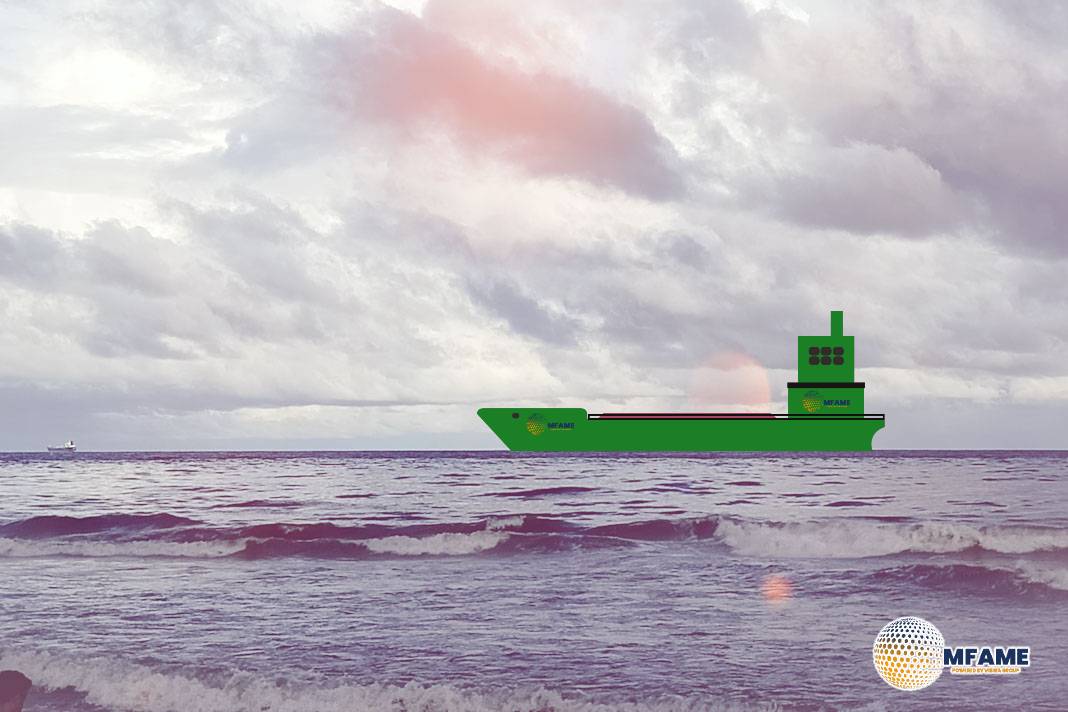- Storm in North Atlantic Tests World’s Largest Cargo Sailboat
- Neoline CEO Says Voyage Proves Vessel’s Resilience
- Wind-Powered Design Aims to Cut Emissions by Up to 90%
The Neoliner Origin, the largest cargo sailboat in the world, made waves by completing its first transatlantic journey on Thursday, October 30. However, it faced a bit of a hiccup when its aft sail got damaged during the crossing. This impressive 136-meter-long (446 feet) vessel had to rely on its motor and the remaining sail after running into a storm early on, reports ABS CBN.
Voyage and Setback in the North Atlantic
With its two semi-rigid sails, the Neoliner Origin made its inaugural stop in Saint Pierre and Miquelon, a French territory close to Canada, before heading to Baltimore. Unfortunately, the aft sail was damaged shortly after setting off, which meant it couldn’t operate at full wind power and needed some repairs.
“It reminds us that this vessel is a pilot vessel. We are discovering how we can manage such a large surface of sails in a transatlantic crossing, especially in the North Atlantic. And we are already late in the year, so getting to the winter storms,” said Jean Zanuttini, CEO of Neoline. “It is a tough start for sure. But it also shows that the vessel is resilient because she was able to arrive with limited delay in Saint Pierre.”
Sailing Toward Low-Emission Shipping
Unlike traditional container ships, the Neoliner Origin is a roll-on/roll-off (RoRo) cargo ship designed to slash greenhouse gas emissions by 80–90% compared to standard diesel-powered vessels. According to the United Nations Conference on Trade and Development (UNCTAD), international shipping currently contributes about 3% of global greenhouse gas emissions.
“We need to get to an equilibrium with our ecosystem, but, at the same time, we must maintain industrial capacities, because we are more numerous on the Earth and we have a modern life that we need to maintain,” Zanuttini told Reuters. “Wind propulsion is very interesting for that because it is free energy available everywhere, not always at the same amount, of course, but it is predictable and it is not impacting anywhere else.”
Wind Propulsion Gains Momentum
Wind propulsion systems, like those on the Neoliner Origin, have the potential to cut emissions by over 50% on new ships designed with wind conditions in mind, as reported by the UK National Clean Maritime Research Hub. Even retrofitted vessels can see reductions of 5–20% without major operational changes, and up to 30% when optimised for wind.
Design Balances Innovation and Practicality
The Neoliner Origin was developed by the French naval engineering firm Mauric, focusing on blending environmental innovation with practical efficiency. “The challenge was to propose a ship that primarily uses wind propulsion while maintaining precise delivery schedules and operating with reduced crew,” said Vincent Seguin, CEO of Mauric.
While inspired by historic sailboats, the Neoliner Origin incorporates modern advancements such as reduced crew needs, precise delivery systems, and advanced anti-drift technology to meet current regulatory and technical standards.
Commercial Operations and Capacity
This vessel can carry up to 5,300 tonnes of cargo, including vehicles, containers, and speciality items. It arrived in Baltimore loaded with Renault vehicles, machinery, French liqueurs, and other goods. With a cruising speed of 11 knots, the ship is set to operate monthly routes between Europe and North America.
Did you subscribe to our daily Newsletter?
It’s Free Click here to Subscribe!
Source: ABS CBN

















